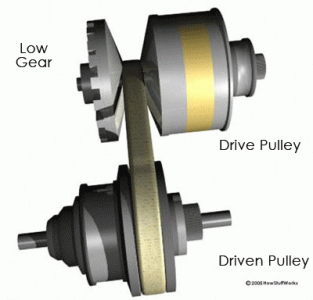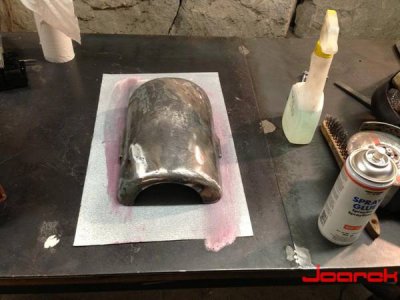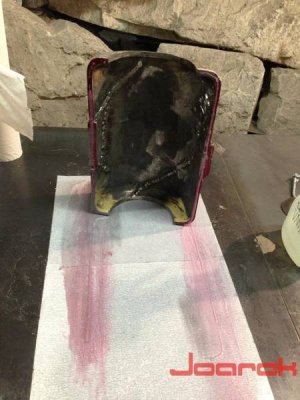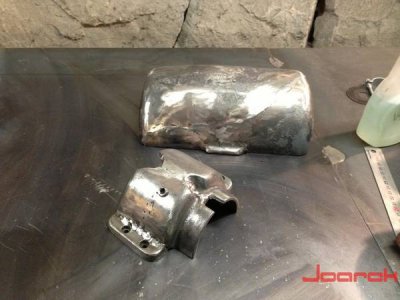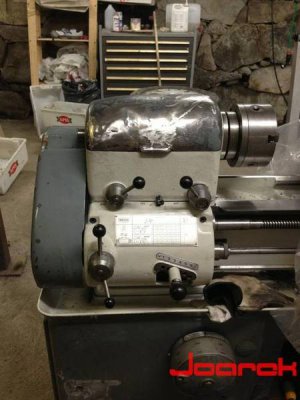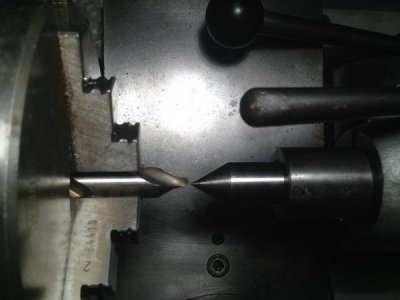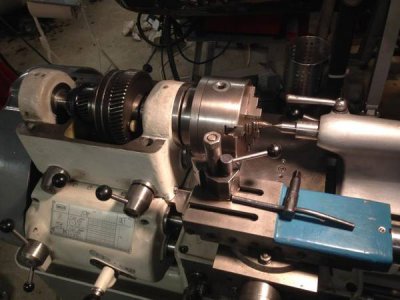Thanks for all the sugestion guys. Turns out i was in luck! It was in fact the rear cover on the AC motor that touched the fanblades

hew:
Now i wish i had thought of that before i removed everything else, but atleast i had an excuse to clean everything and get a better understanding of the variator as a bonus.
It was just by luck i thought of turning on the motor with everything else removed to see what it sounded like solo.
I also managed to break off a cast iron adjuster i had to grind down and weld back on, so hurrah..
Anyway, i assembled everything back again and made some swarf with a big smile. And from now im focusing on making the last parts ready.
The tailstock needs to be sanded and painted along with a few small bits and pieces.
The crossfeed-screw needs to be straightened or cut and spliced, and a new knob bought.
Make a new knob for the variator adjuster.
And of course finish welding the oil cover and the top cover and paint those aswell.
Here on the first picture is the troublemaker that made an awefull noise

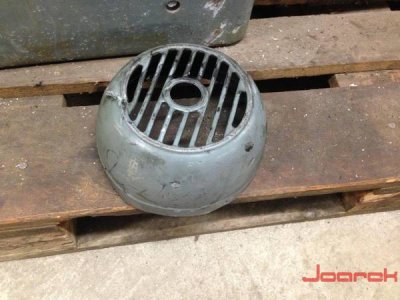
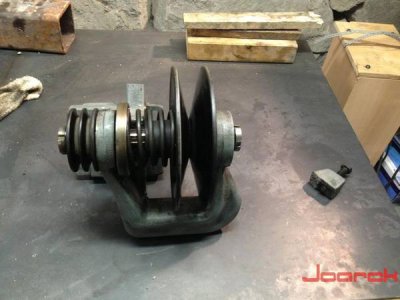
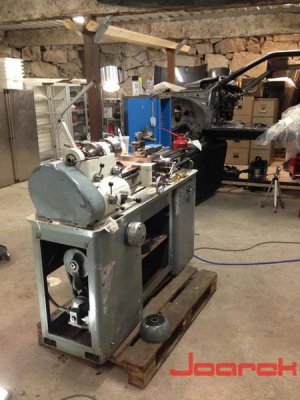
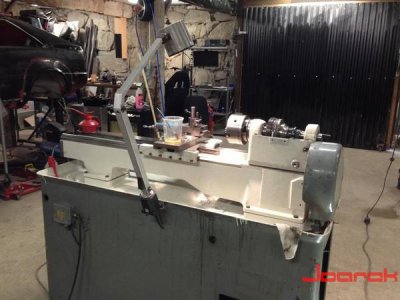
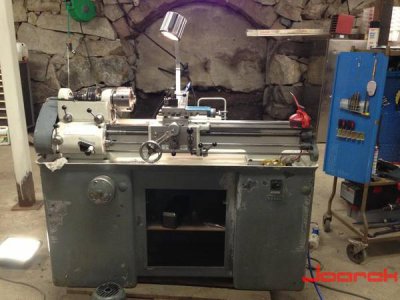
Oh and i mounted a nice 12V lamp with a intergrated converter (230 to 12v) as seen on the images.








